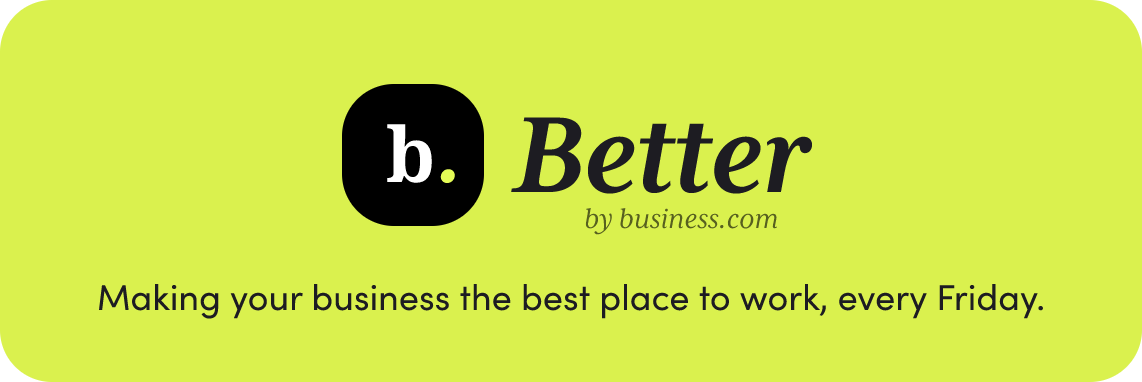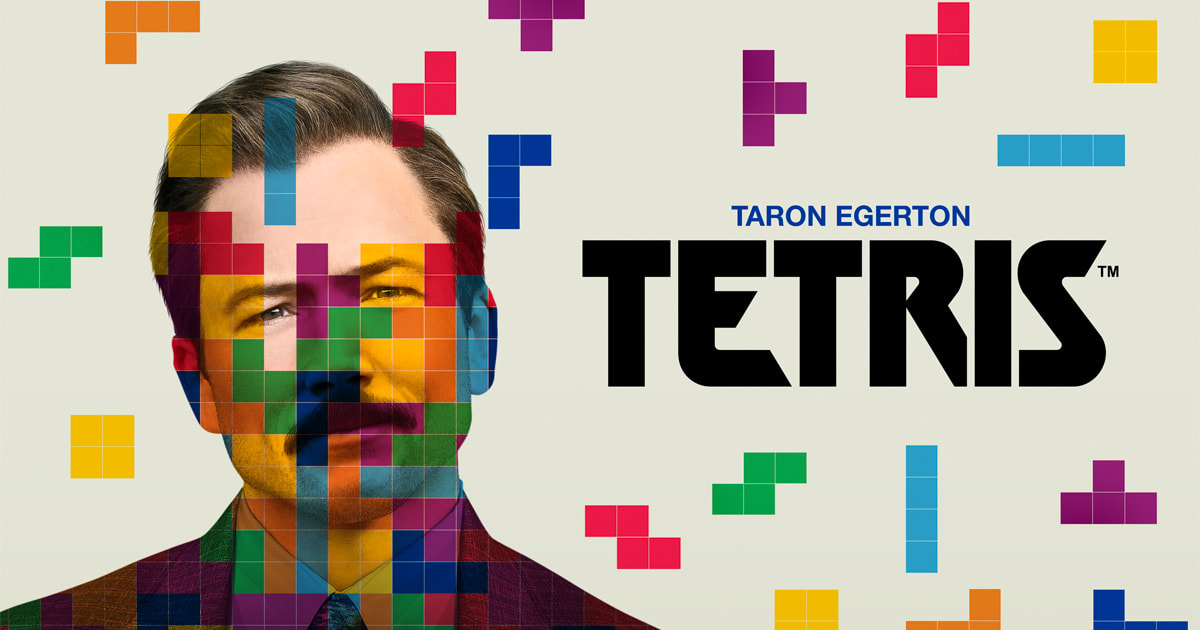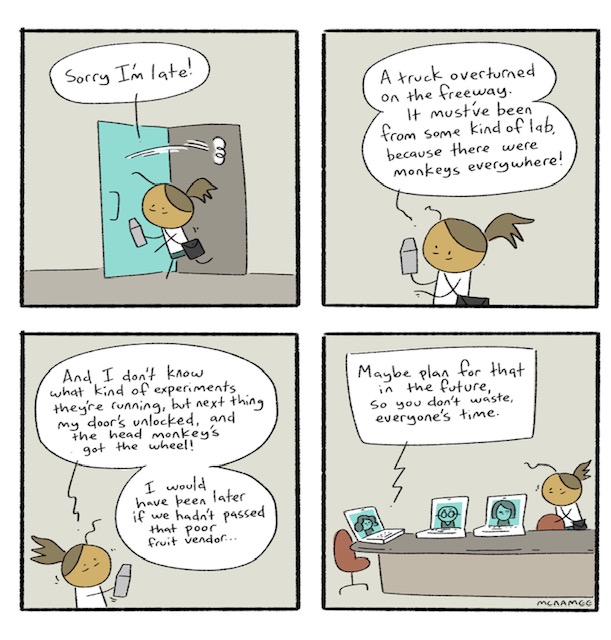As reality stars and TikTok personalities alike tout the benefits of taking Ozempic for weight loss, an off-label use, the controversy is spreading to the workplace. While many company-sponsored health insurance plans already foot the bill for the drug when it’s used as a diabetes treatment, employees who want to shed weight are seeking coverage too. The problem is Ozempic’s high cost of roughly $900 a month.
Even with many organizations embracing corporate wellness programs, employers are loath to cover Ozempic for financial reasons, and those who do are making it challenging for employees to qualify for approval if they want the drug for weight loss. The issue is compounded by rising health insurance costs and inflation driving up other operational expenses for businesses.
A survey by the International Foundation of Employee Benefit Plans found that only 22.1% of insurance plans in 2022 covered prescription weight-loss drugs. If that’s going to change, companies will have to toe the line between providing the flexible benefits employees want and not throwing away much-needed cash in the process. As workers slim down, your business may be forced to too.
|
Rage Applying: Here’s How to Spot the Signs
Tetris: How it Became a Global Phenomenon
On This Day: The Supreme Court Says Drink Up
Was this email forwarded to you? Sign up here.
|
All the Rage: Telltale Signs of an Angry Applicant
|
When an employee gets angry at work and fires off a slew of job applications en masse as quiet retaliation, that’s rage applying — and in a post-pandemic, post-just-about-everything world of upheaval and constant personal reassessment, it’s a big deal. While it’s totally understandable that employees would want to seek more meaningful, better paying, and more accommodating gigs, most employers probably don’t want to be on the receiving end of an application submitted mostly out of spite.
Dead Giveaways
Some disgruntled employees have reported firing off as many as 15 rage applications per day, but you’re not always going to be able to spot them in the wild. There are, however, a few red flags that burn bright with rage application energy.
For one, beware of template vibes (not to mention resume fraud). Plenty of legit applicants use slick resume templates, but a total lack of specificity can be an indicator of a mass application. If you use online application services like LinkedIn’s Easy Apply, generic submissions that don’t seem to specifically cater to a desired role at your company should be viewed with suspicion. The more specificity, the more likely you’re dealing with a bespoke application, one that comes from a more genuine place than “I hate my current manager.”
Likewise, getting resume-bombed by the same applicant across multiple departments at your organization, or even across your company’s different geographical locations, is a dead giveaway.
Preventing a Rager
As an employer, you also don’t want to be the current workplace of a rage applier looking for their way out. Employee retention has evolved alongside other existential company crises — nowadays, working professionals appreciate a pleasant, homey workplace with as much transparency and flexibility as they can get. But that still leaves plenty of room for tried-and-true essentials, like making sure your employees see personal paths to growth and are on the receiving end of meaningful feedback and positive reinforcement.
In short, make sure your crew is heard, seen and appreciated, and you’ll have a much better chance of keeping them more engaged than enraged.
|
|
|
Kicking Off Summer: Tips for a Respectful Memorial Day
|
Dr. Ben Baran is an Associate Professor at Cleveland State University and co-founder of Elevating What Works.
“Happy Memorial Day.” When I hear that, I cringe on the inside. That’s because Memorial Day in the United States is a time to remember those who died in military service. Suggesting that it’s “happy” seems misplaced to me and perhaps to many of the 18 million other U.S. military veterans.
At the same time, Memorial Day in the United States marks the unofficial start of the summer season — and that means fun times for grilling, parades, and time outdoors with family and friends. It’s also typically a day that includes time off for many employees, and all of those elements combine to create something that is indeed “happy.”
This all makes Memorial Day tricky for managers. That’s especially true if they want to commemorate Memorial Day while creating a culture of inclusion and respect for military veterans, including veterans among their workforce, customers, and beyond. Respecting people and helping them feel valued is a key part of inclusion in the workplace, which is an important driver of employee retention among other outcomes.
So here are a few quick tips for balancing the solemn and fun aspects of Memorial Day.
First, understand the holiday. Memorial Day in the United States occurs on the last Monday of May. Given its focus on military members who died in service, it’s different from Veterans Day, which occurs every Nov. 11 and recognizes all who have served in the armed forces. Remembrance Day — observed by Canada, the United Kingdom, Australia, and many others — also falls on Nov. 11 but honors both those who have served in the military and those who died in that service.
Second, acknowledge the reflective nature of the day alongside your other communications. When talking with employees, you could say something like, “I wish you all the best for this Memorial Day weekend. Enjoy your time with friends and family, while also pausing to reflect upon those who died in service of our country.”
Third, consider providing your team with information about government-related ceremonies. Many municipalities host these types of events, as do many of the national cemeteries in the United States.
Fourth, thank veterans for their service on Veterans Day, not Memorial Day. Rather, on Memorial Day, express gratitude for those who gave the ultimate sacrifice while wishing staff and their families your best for a holiday weekend.
|
The Tetris Company: How All the Pieces Fell into Place
|
If you’ve seen Apple TV’s Tetris, you might’ve asked: There’s no way this really happened, right? While the action-movie shenanigans are fiction, the wheeling and dealing portrayed is very much real.
Soviet engineer Alexey Pajitnov created Tetris on a government computer in 1984 and hooked everyone from the first falling block. However, the ongoing Cold War made it straight-up illegal for government employees to sell IP. So while Pajitnov did manage to contact U.K. licensees — leading to Tetris being sold worldwide without his name, knowledge or profit — no one technically owned the rights.
Enter Tokyo-based software entrepreneur Henk Rogers (played by Taron Egerton in the movie). After becoming enamored with Tetris at a trade show, it didn’t take Rogers long to realize that the current license was a sham. And his charisma had made him privy to a big secret: His friends at Nintendo were on the verge of launching the Game Boy.
Rogers traveled to the collapsing Soviet Union to snag the legit license, navigating a web of KGB surveillance and a mess of mistranslated prior negotiations. He personally befriended Pajitnov and promised to credit — and, you know, pay — him for his work. And he funded his trip with a loan that put his family’s home on the line.
But the Russian government recognized Tetris’ value, and its export became a matter of national pride (they’d also been directly profiting from Pajitnov’s existing deals). Amid the ticking time bombs of his loan, the Game Boy’s launch, and regional political collapse, Rogers went directly to the Soviet Elorg to secure the license and succeeded by revealing how loose and exploitative the previous U.K. deals had been.
While a combo of instinct, swiftness and humanity got Tetris on the Game Boy in 1989 to an eventual tune of 43 million copies, it wasn’t until 1996 that Rogers and Pajitnov — now a U.S. expatriate — were able to officially untangle the web and co-found The Tetris Company, which still licenses Tetris in 2023 and continues to turn your work distraction into dollar signs.
Tetris probably won’t be winning any Academy Awards, but check out business lessons from this year’s Oscar-nominated films — and save some popcorn for our roundup of the must-see business movies of the 2010s.
|
On May 26 in Business History
|
- 1781: The Bank of North America, the first chartered bank in the U.S., opened almost 250 years ago.
- 1896: The Dow Jones index started. It began with an average of 12 industrial stocks and closed at 40.94.
- 1927: The Ford Motor Company came out with the last Model T Ford (aka, Tin Lizzie). The company produced 15 million T Ford’s in the model’s lifetime.
- 1930: The Supreme Court ruled that buying liquor doesn’t violate the Constitution. It would repeal the 18th Amendment, which was the foundation for prohibition, three years later.
- 1940: The first-ever successful helicopter flight in the U.S. took place with Igor Sikorsky’s Vought-Sikorsky US-3-00 design.
|
|
|
Written by Dan Ketchum, Ben Baran and Ali Saleh . Comic by John McNamee.
|
|
|
|


.png)




